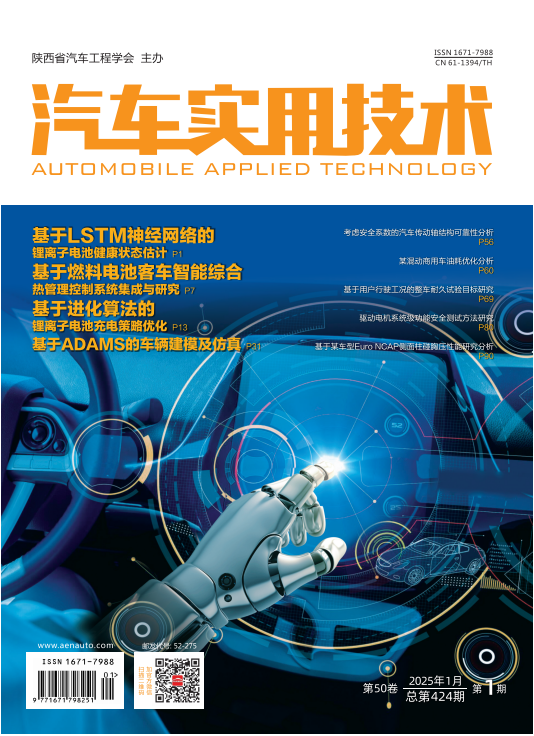|
|
Reform Exploration of the Teaching Path of "Five Close-Five To-Mind Force"
-Taking the Automotive Course of Fundamentals of Materials Science as an Example
DONG Xiaoping, YANG Liying, SU Dandan, LI Zhiyuan, WANG Qing
2025, 50(1):
113-116,122.
DOI: 10.16638/j.cnki.1671-7988.2025.001.023
Aiming at the three teaching pain points such as low compatibility between students'
learning situation and traditional contents of teaching materials, low efficiency between "five
close" and learning, and high fragile knowledge and low disciplinary thinking, proposes to restruc�ture teaching content through "one body, two wings and ideological and political" chelation, three
teaching concepts lead to classroom upgrading, three teaching objectives focus on innovative
measures such as individualized teaching. Deep integration of information technology and
traditional teaching, strengthens the interaction between teachers and students, optimizes teaching activities, improves the assessment mechanism, and obtains the teaching reform effect of good
achievement of teaching goals, prominent student development trend, radiation teaching mode, and
tracking student learning. The course constructs and implements to open the student "five close", to
achieve "five to-mind force" transformation, to realize the immersive teaching mode, which not
only enhances the breadth and depth of teaching, but also demonstrates good teaching results, and
has transfer applications.
References |
Related Articles |
Metrics
|

